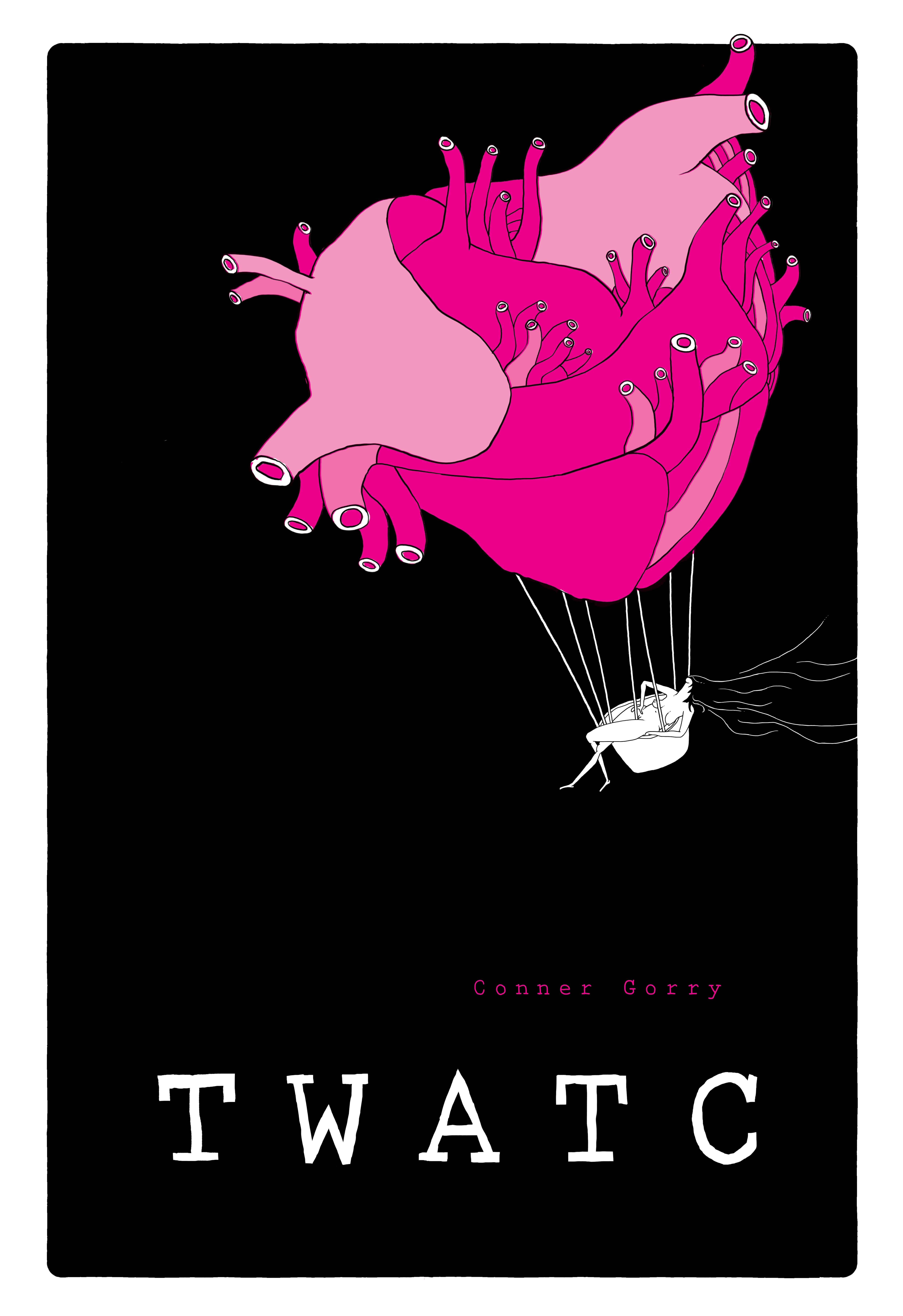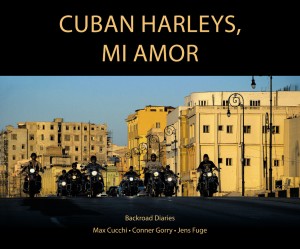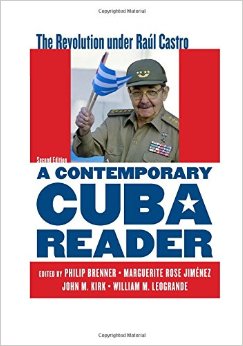[tweetmeme source=”connergo” only_single=false]
Alicia Alonso. Santería offerings. Sunday supper. There are some people and things you just don’t mess with in Cuba. This includes coffee. More than a simple stimulant or mere morning habit, coffee here is history, tradition, and ritual rolled into one.
All manner of human affairs are conducted over teeny cups of the black, sweet elixir: friendships are forged, pacts made, and lovers wooed (or booted or double crossed) while sipping the stereotypically strong brew. Indeed, every proper visita to a neighbor or friend’s begins with coffee and even meetings – from the most ad hoc to high level ministerial pow wows – include café. No matter how powerful or poor, behind schedule or the eight ball, in Cuba, coffee is an ice breaker and friend maker. As iconic as rum, as ubiquitous as cigars.
But as I’ve said before, changes are afoot. Whereas any move by Cuba in the past 50-plus years had to be analyzed through a kaleidoscopic prism of political cause and effect, changes today are undertaken and evaluated according to economic cost and benefit (see note 1). The recent announcement of the resurrection of café mezclado is an illustrative example of this ‘new normal.’ And it’s got Cuba’s collective panties in a twist.
On May 3, it was announced that coffee distributed to all Cubans on the ration card would once again be “blended.” This is an old concept known to poor java junkies the world over: by mixing ground coffee with something else (e.g. chicory), you stretch your resources and enjoy more, albeit weaker, coffee. Cuban campesinos have long had a tradition of blending coffee with chícharo (see note 2) and the state adopted this approach throughout all these lean economic years.
There was the euphoric, dare-to-dream moment during Chavez’ halcyon days when oil money flowed throughout the Global South and Cuba was able to upgrade from café mezclado to café puro. This meant that 11 million Cubans were receiving near-free, pure coffee via state-provided rations guaranteed to all citizens (see note 3).
But reality is upon us anew and our cupboards once again harbor coffee blended with chícharo. But this time is different. Tolerance for ‘suck it up just a little longer’ is ebbing and indeed may be at an all time low (except among those reaping the rewards of the new economic regulations, of course). This is compounded by the fact that Fidel isn’t at the helm, which has had various ripple effects – not monolithically good or bad, not all visible – which are felt acutely when it comes to morale boosting during such ‘suck it up’ special periods.
Then there’s the blend itself.
Pre-petrol dollars gracias a Chavez, the blend distributed on the ration card (see note 4) was 40% coffee and 60% chícharo. It had a particular, not bad flavor and I enjoyed plenty of it with my little old lady cabal. Today’s blend, however, splits the difference right down the middle – 50% coffee and 50% chícharo.
More coffee, less chícharo. An improvement one would think.
But this is Cuba, where digging deeper, reading between the lines, and parsing the details are essential for truth finding. And so it is with café mezclado. Whereas the old 40/60 blend contained less actual coffee, it was superior Arabica, recognized worldwide as the best tasting, today’s mix uses hardier and more caffeinated but less toothsome, Robusta. And therein lies the rub.
“It’s bitter, acidic and muy fuerte.”
“If you ask me there’s more than 50% chícharo in there.”
This is what folks around here are saying about the new blend. And even as analysts and quality-control specialists go on TV to explain in excruciating detail the cost, taste, and agronomic differences between Robusta and Arabica, people remain skeptical and critical.
And scared. Fear isn’t a trait I typically associate with Cubans, who are amongst the most courageous people you’ll ever meet. However, this café mezclado is rocking our world and not just for its shitty flavor, but rather something much more sinister: the blend makes coffee pots blow up.
According to those aforementioned analysts and quality-control gurus, instances of exploding cafeteras (the stovetop espresso pots used by 99% of us) have been documented. The new blend is to blame. They assure us that all should be fine if we follow the brewing instructions on the package – necessary no doubt, thanks to the coffee bombs created by café mezclado. I mean: what Cuban needs a lesson in how to brew coffee?!
So we suck it up, follow the instructions on the package, and trust Them when They say the blending strategy will be evaluated and tweaked over time – dependent on economic feasibility, of course. I wouldn’t be surprised if a few more episodes of exploding cafeteras and a limp economy conspire to strike coffee from the ration card altogether.
Buckle up babies: it’s gonna be a bumpy ride.
Notes
1. The complete absence of political discourse/orientation in the new and revolutionary lineamientos is of great concern and wide comment on this side of the Straits. The other issue which people are anxious about – and the single most debated point in the lineamientos – is the eventual reduction or elimination of rations. Stay tuned.
2. The international press – which jumped on this story like an old Italian on a lithe mulatta – translates chícharo as pea. While you may be thinking ‘sugar snap’ or Jolly Green Giant style, this is the dried legume and looks more like a small garbanzo.
3. Currently the coffee ration is 115 grams and costs 15 cents. The other change is that Cubans aged 0-6 no longer receive this ration.
4. In hard currency stores you can buy 100% pure café cubano, whole bean or ground. The most popular brands are Cubita or (in my opinion), superior Serrano. This is the coffee served in bars and restaurants, hotels and clubs and what the overwhelming majority of visitors are drinking. Only in someone’s home (not a casa particular – there’s a world of difference) or in a private peso cubano cafeteria are you likely to get a taste of café mezclado.











Wow. I’ve never been more thankful that I don’t drink coffee. It seems that every blog I read where the writer lives in the Caribbean islands on in Central/South American or Mexico always blogs about the coffee there. Those countries are so close to the finest coffee beans but get next to nothing in quality and taste when it comes to what’s available for them to drink.
You’re absolutely right that the best beans from Guatemala, for instance, are reserved for export. Thankfully, the Nescafe craze that grips that country hasn’t yet reached our shores
(readers: did you know the technology for producing nescafe was invented by a Guatemalan?). As I said in the post: it’s the ration card coffee that’s blended; the beans in the dollar stores are 100% pure cuban coffee and delicious. of course, that’s little help to Cubans who have no hard currency or have more pressing purchases to make with their precious CUCs.
thanks for stopping by….
It’s amazing that a country that is so close to the biggest producers of coffee beans in he world (and in theory “hermanos latinoamericanos”) has to live on “café mezclado” . All of a sudden it makes one look at our cupboards and feel extravagantly rich and extremely spoilt…
What’s REALLY amazing (and receiving lots of comment around here) is that Cuba trained the Vietnamese how to grow coffee, but now 80% of ours is imported! It’s a mad, mad, mad, mad world!
nice read!
yes,nice read, thank you – exploding coffee pots sounds like a conspiracy! I can’t get the “my little old lady cabal” to work?!
Hola Pat. Thanks for your kind words and the heads up about the bunk link. It should be working now.
Loved it! Sinceramente muy bien hecha la nota, es un trabajo de investigación! Por supuesto que lo primero que hice al terminarla fue preparar café (pilão in my case).
La marca sigue siendo “Hola!”?
Nice job my friend!
Hehehe – trabajo de investigación. No se pero no me gusta cuando joden con mi tasas de café! Pilao? Donde tu estás – en brasil??
Yes, the packets of coffee distributed on the ration card are called Hola! (exclamation point included).
thanks hermano. les extrano! un beso.
estoy en BA, pero el café en arg. generalmente es pésimo, así que siempre tengo unos cuantos kilos de café brasileño. Don´t f*#k with my coffee either! hehehe
chico: estoy tomando Serrano ahora mismo y te juro – sabe como el cafe de la bodega o sea: del rayo. Me engano alguien…..
(y tu mate tambien, eh?)
have you forgotten about my prize, connergo? hope not! loved the post (as usual)!
Oh dear, I admit I have. Remind me again: what was your prize-winning point? Sorry to have dropped the ball on this. Let me know and Ill remedy fast!
Thanks for reading (again). Happy travels.
A very interesting read, and intelligently and thoughtfully put together, I hope you write forever!,….sorry about the previous c**p , from me.
About three years ago I stayed at a cabin as a guest of someone who had brought coffee from Cuba and I must admit it was the best I’ve ever had. Family visited Panama and brought me Coffee selected by their taxi driver and none of it compared to the Cuban Coffee. Enjoy your post.
Thanks for writing in praising our daily cup MaryAnn! Just another wonderful Cuban product of which US folks are deprived thanks to the embargo. Maybe I can supplement my income exporting Cubita?
Bottoms up!
Jajajajaja! Es verdad! That’s what everyone in Oriente is also talking about(that and the dry, hot weather that has left fields at the fincas withering and the taps in big cities down to a dribble.) In a twisted bit of irony, a good third of my weight allotment is spent on purchased Cubita or Serrano here…and then hauling Cuban coffee back to Cuba for friends and family. Number one gift on the request parade.
Thanks for keeping your eye on the ball Candysita: the drought (“sequia”) is damn serious. Turn off yer tap when you visit folks!
It would be better if you say chícharoS instead of the singular one.
Also, “tasas de cafe”?? wouldn’t it be beter “cuota”??
😉
So Cuban, to cut off the “s”! Thanks for policing my grammar (again!) caney.
Si. It is the truth about the exploding coffee pots. I saw it with my own eyes.
It is because the ground peas absorb moisture and swell when they get too hot. Then they clog up the little screws on the pot and the boiling steam has no where to go. KABOOM! mi madre!
Scary! not something I need to experience.
And a year later, I DID experience it and it was very very scary. sounded like a bomb going off (we all thought the pressure cooker had exploded). Neighbors came running, the exploding pot left huge dents in the 12′ high ceiling and the friend who was making the coffee was seriously shaken, thought thankfully no one was injured…
Mi mama le llamaba al cafe con chicharos “Pure de St Germain” jaja (potage St Germain made with peas)
If only I had read this article a couple of weeks ago I would have made coffee for you. I’m so bad at hosting. Mmm, I ‘m craving some Cubita now! All I got is Kona :?/ Here goes anyway
Kona ain’t so bad! I’ll take a rain check (if there ever IS any rain!!)
Pingback: Simplicity vs. Scarcity: how Cuba keeps the flavour alive « The Philiad